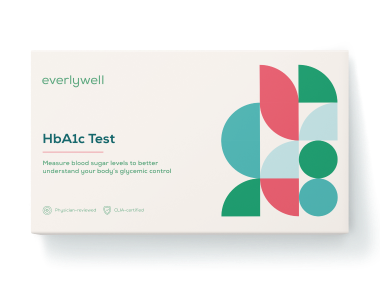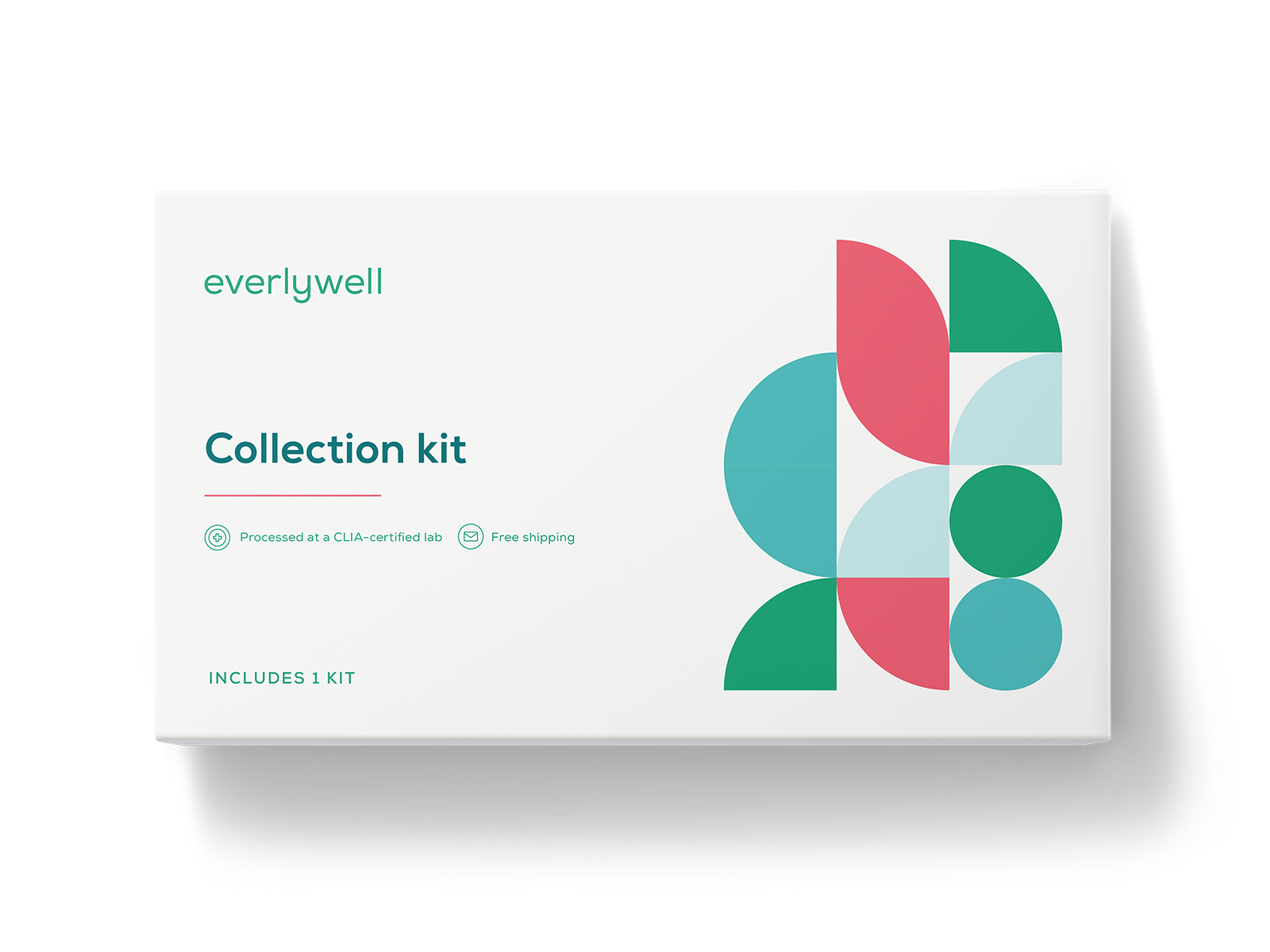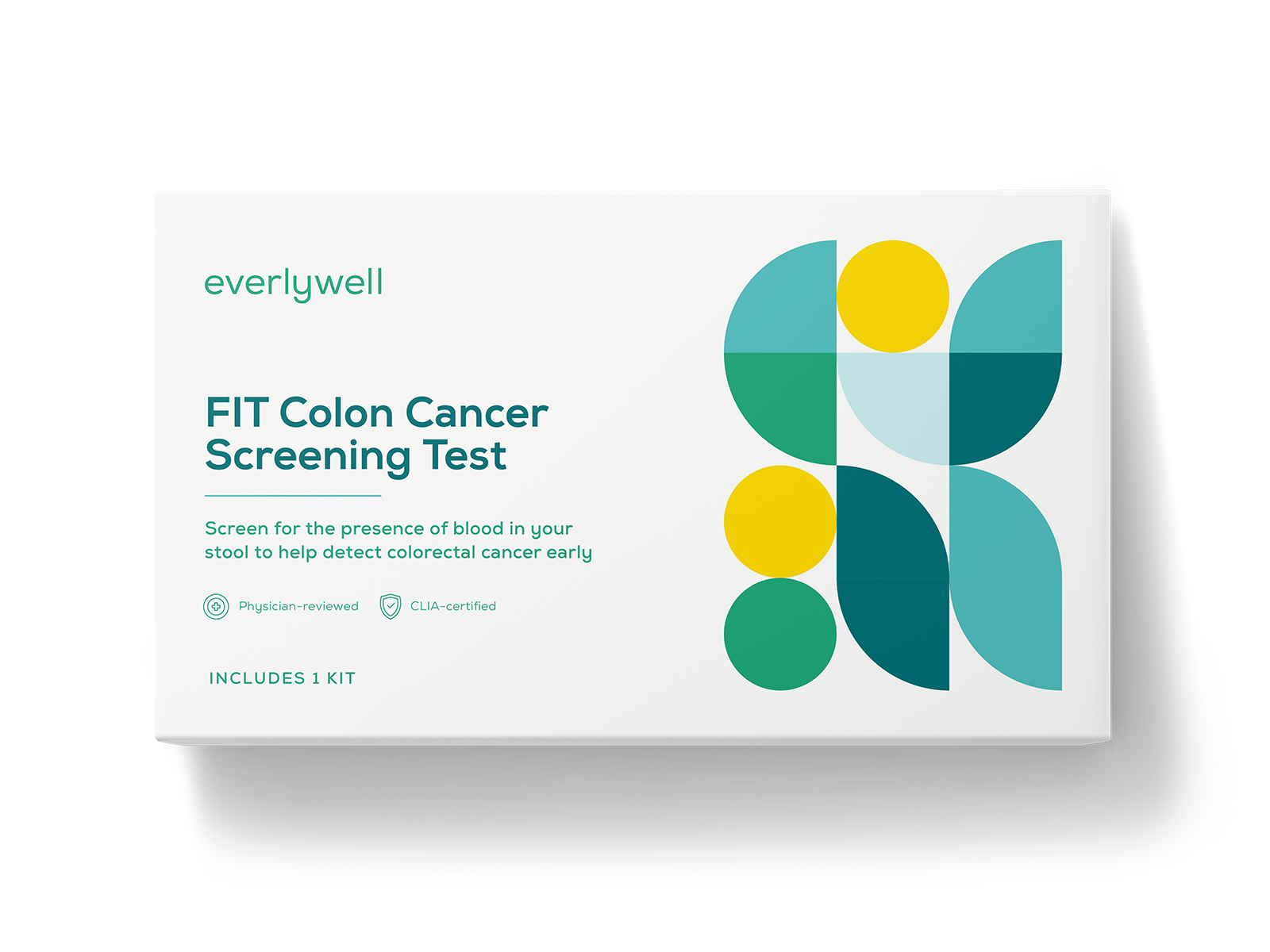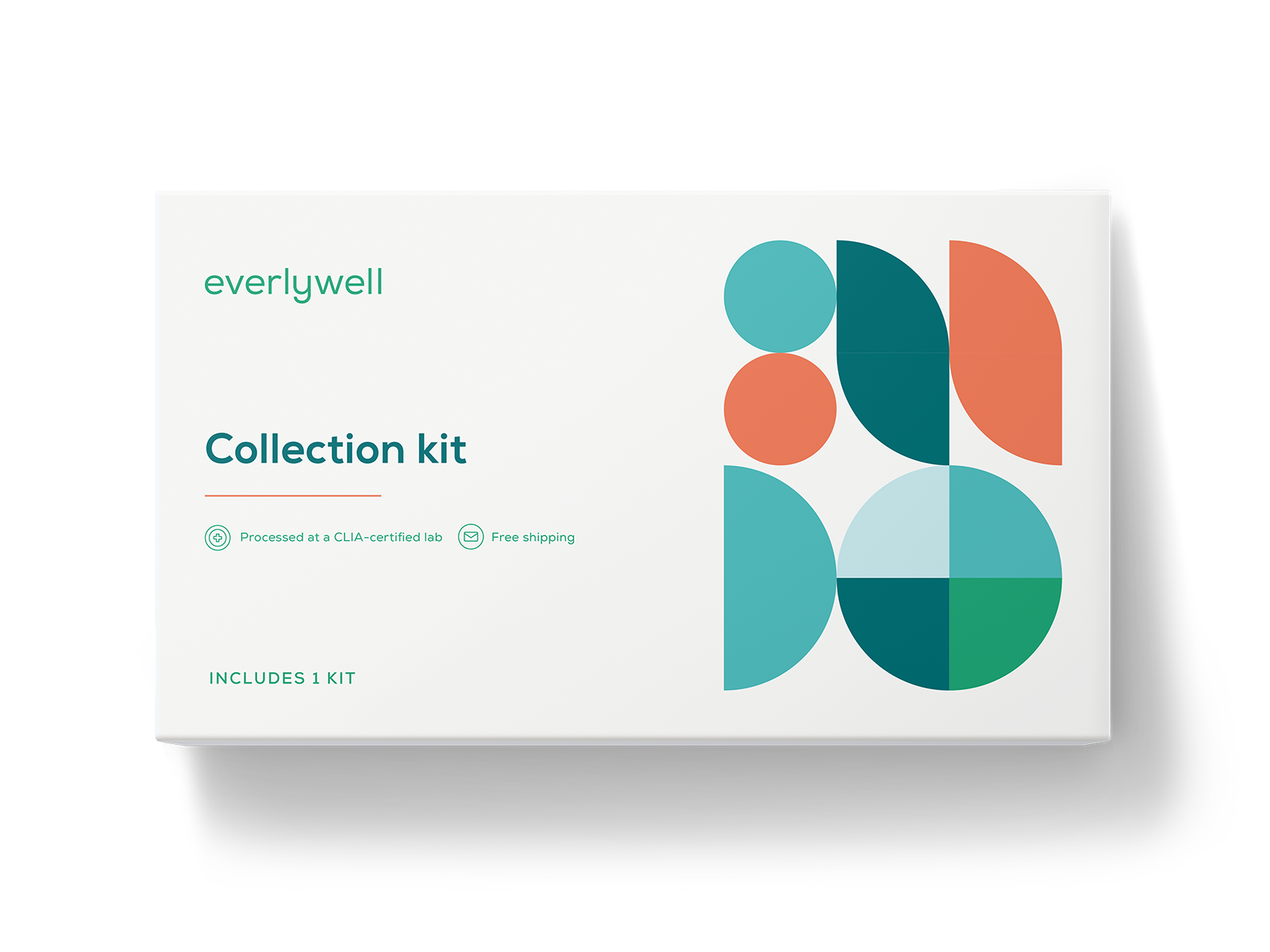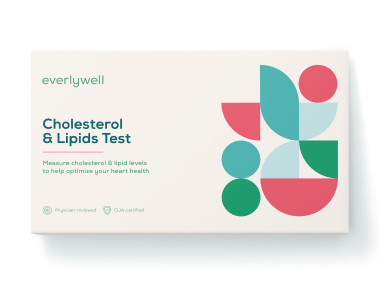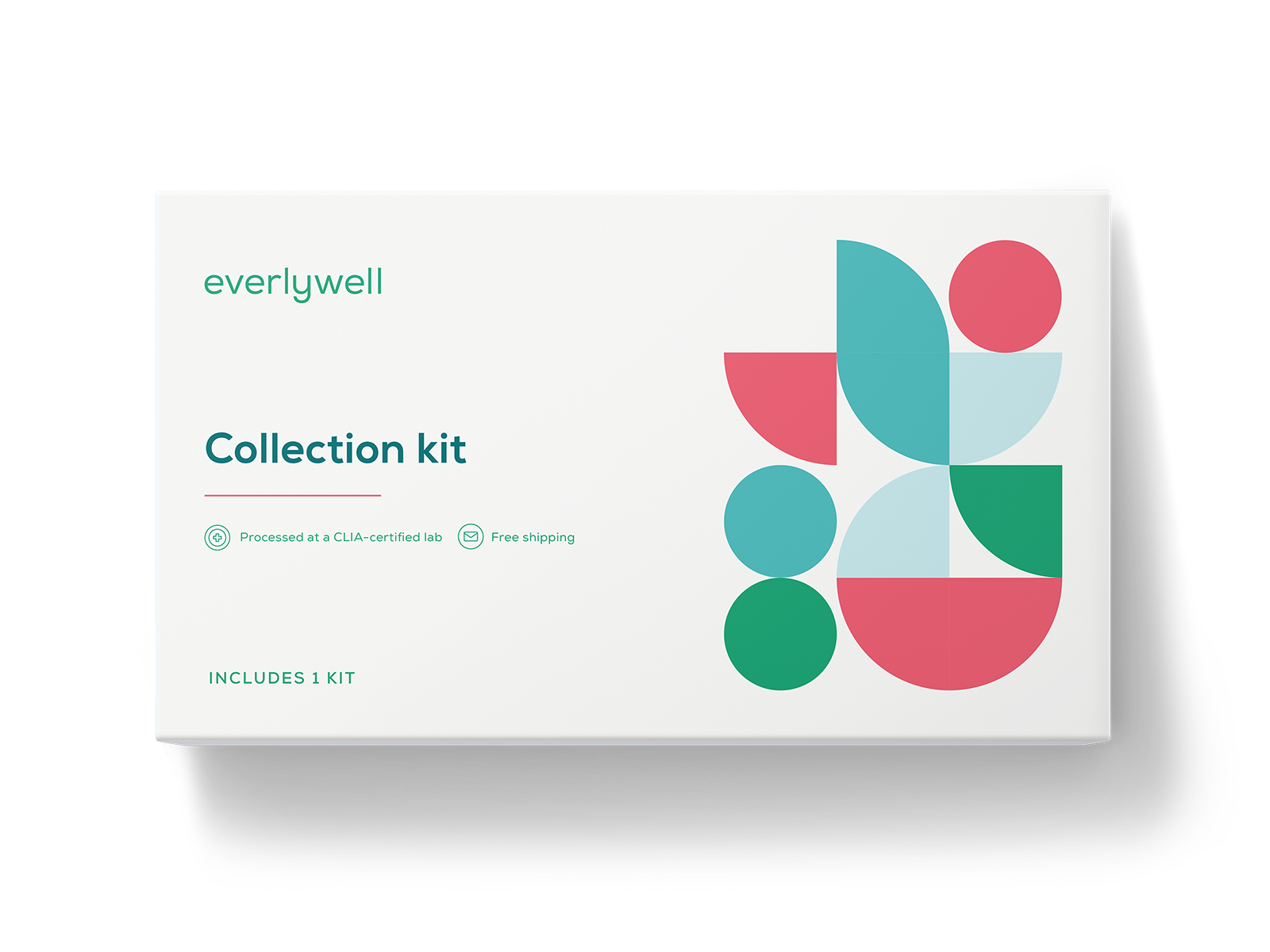
Get treatment online for COVID-19
Did you test positive for COVID-19? Book a video appointment with a healthcare provider who can evaluate your symptoms and prescribe medication as necessary. Get your prescriptions sent directly to your pharmacy. (Age 18+)
$59 without insurance
Schedule Visit
How it works
Exceptional flu care a click away
1
Sign up
Create your health profile with medical history and an insurance coverage check (if paying with insurance)
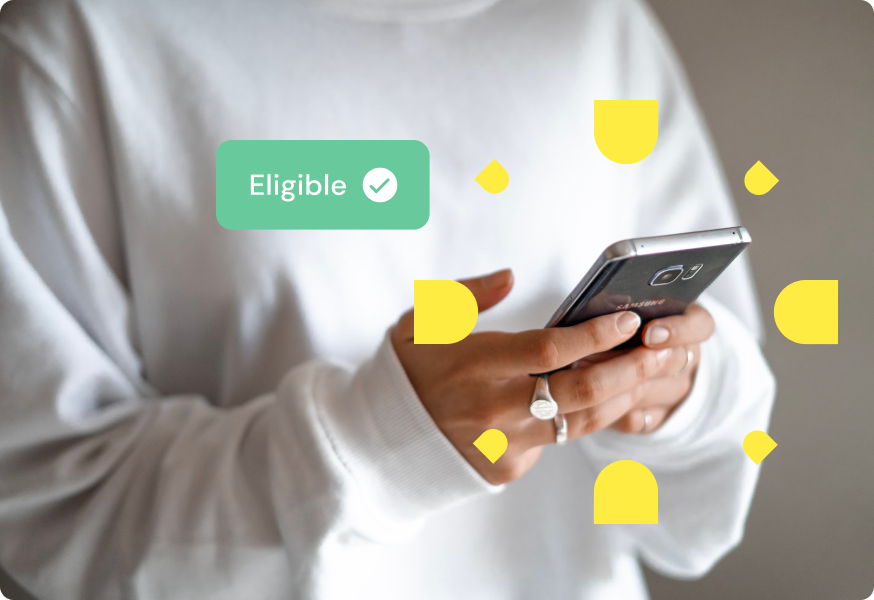

2
Video call with a clinician
Schedule a video call and speak to a healthcare provider at your convenience


3
Get the care you need
Get a care plan which may include testing, prescriptions, and lifestyle recommendations


4
Continued support on your journey
Come back to us again for follow up testing, virtual care, and prescriptions when applicable
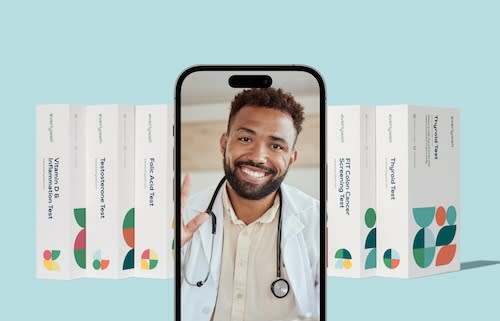

Affordable care
Online COVID-19 visit pricing
With insurance
*price varies depending on your insurance plan
$
10-50
with insurance
Scheduled video visit with a licensed provider
Prescription to your pharmacy
Care plan included
Cash pay
HSA/FSA accepted
$
59
without insurance
Scheduled video visit with a licensed provider
Prescription to your pharmacy
Care plan included
Note: We do not accept Medicare Part B or Medicaid. However, we do accept Medicare Advantage. *There is a $25 cancellation fee if you are unable to make your appointment without giving at least 24 hours notice.

Quality care
Treat COVID-19 symptoms online
You may be interested in...
Browse at-home lab tests
FAQs
